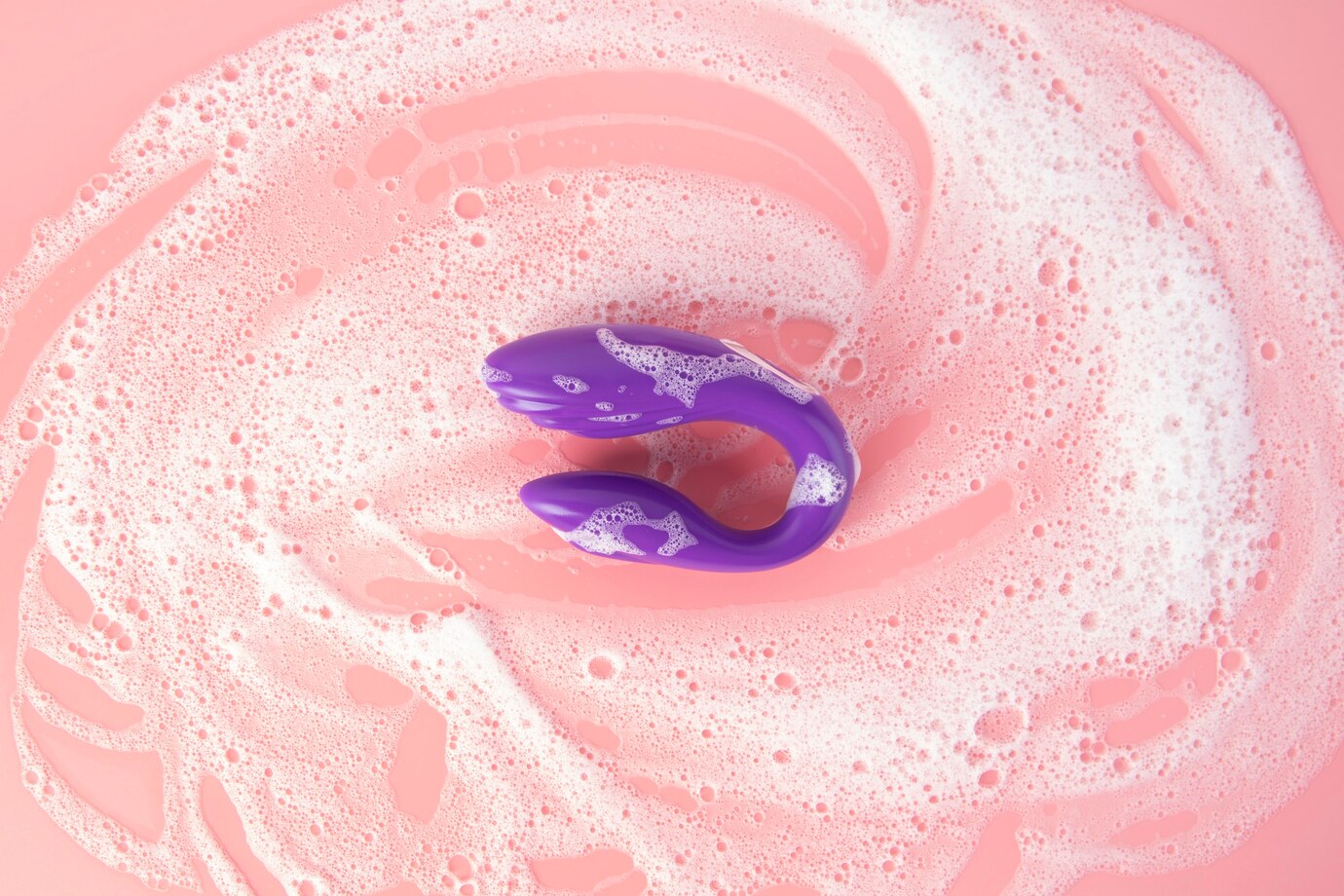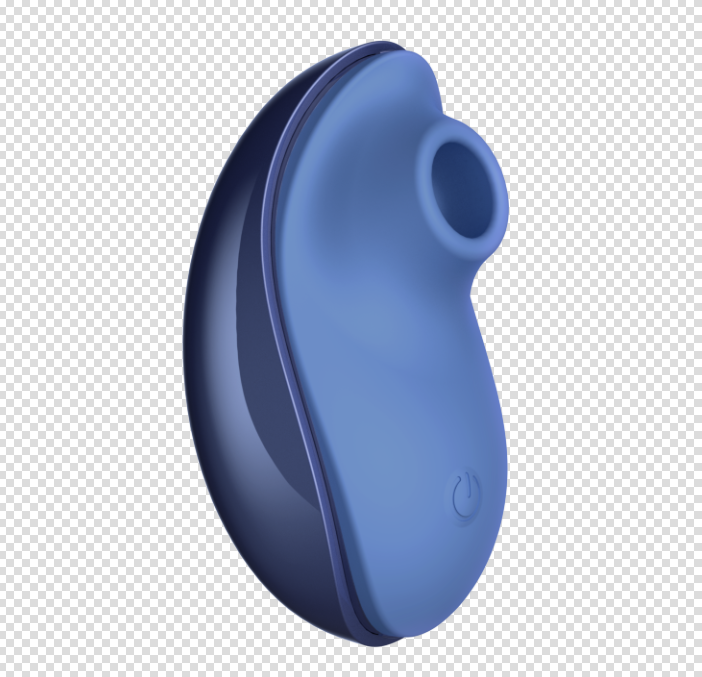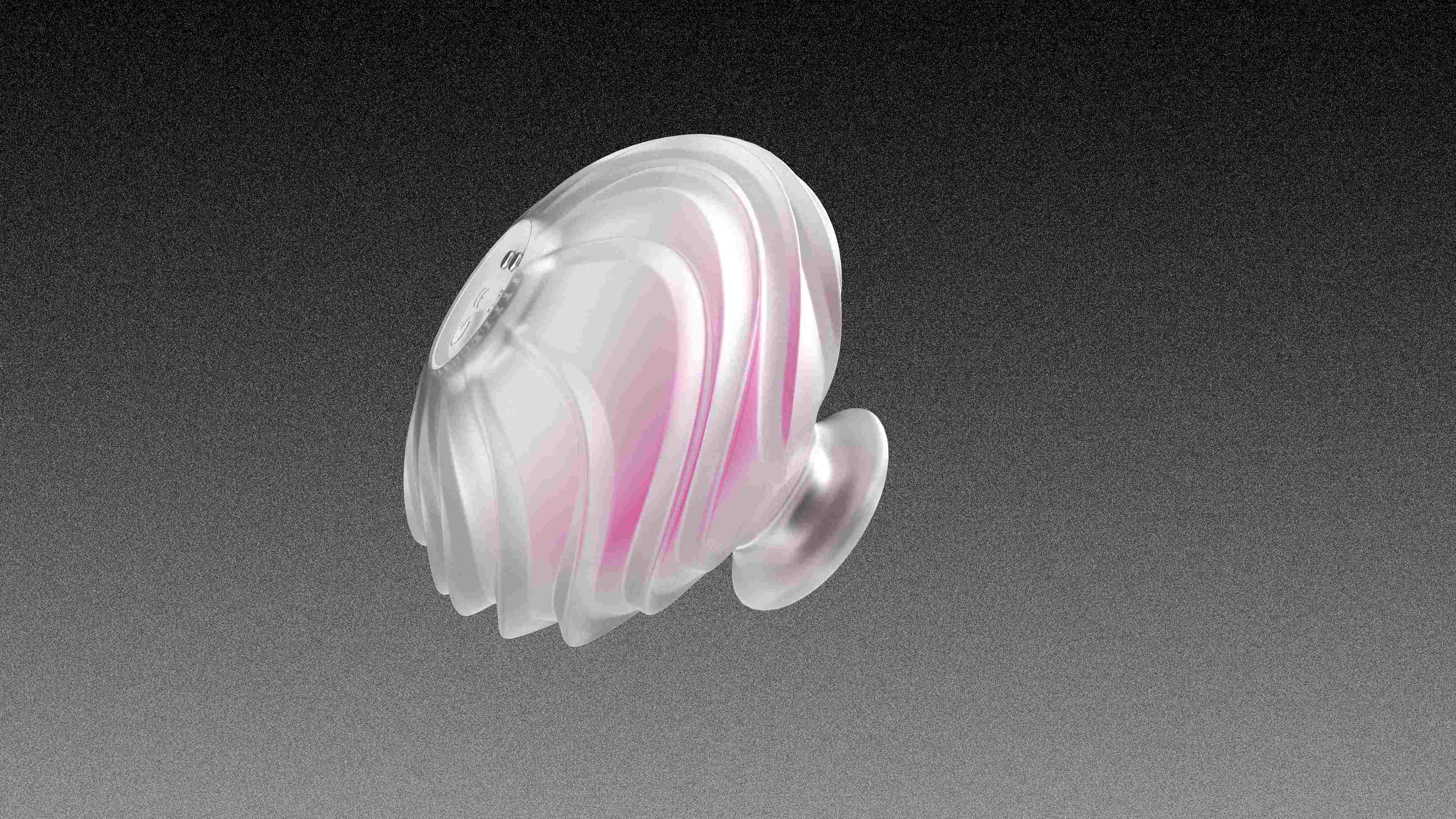How to Clean Adult Toys Safely?
Cleaning adult toys isn’t just about hygiene—it’s a must to protect yourself from STDs like chlamydia. Think about the risks: bacteria lingering on your toys could lead to infections or worse. Luckily, with the right steps, you can keep your toys spotless and safe, ensuring peace of mind every time you use them.
To clean and sanitize adult toys safely, especially after potential exposure to STDs like chlamydia, here’s what to do:
Wash with Soap and Water: Use unscented antibacterial soap and warm water. Scrub gently to remove dirt and bacteria.
Dry Thoroughly: Pat dry with a clean towel. No moisture should remain—it’s a breeding ground for germs.
Sanitize with Alcohol: Spray with 70% rubbing alcohol and let it air dry. Don’t use 90%—it evaporates too fast to kill bacteria effectively.
Store Properly: Keep the toy in a clean, dry spot, like a dedicated pouch or box.
Proper cleaning is key to your health and your toys’ lifespan. Stick around to dive deeper into methods, materials, and STD-specific tips.

Common Questions About Cleaning Adult Toys
What’s the best way to clean sex toys?
The best way to clean sex toys is simple: unscented antibacterial soap and warm water, followed by a 70% rubbing alcohol spray. Let it air dry to kill bacteria fully. This method works for most toys and keeps them safe for use.Can I use a sex toy cleaner instead of soap?
Yes, a sex toy cleaner is a great option. These products are made for adult toys, often with gentle formulas that kill germs without harming materials. Check the label and manufacturer’s guide to ensure it suits your toy.How do I clean toys made of different materials?
Silicone: Stick to soap and water. Alcohol can degrade silicone over time, making it brittle or cracked.Glass or Metal: Use soap and water, then sanitize with 70% alcohol. These non-porous materials handle it well.
Plastic: Check the manual. Some plastics tolerate alcohol, but soap and water are usually safest.
Porous Materials (e.g., Jelly Rubber): Soap and water work, but these toys can harbor bacteria. Use condoms for extra safety.
What if I have an STD like chlamydia?
If you’ve used a toy while infected with chlamydia, clean it thoroughly with soap and water, then sanitize with 70% alcohol. Let it air dry completely. Some suggest quarantining the toy for a few days—chlamydia bacteria die off naturally without a host. Still, sanitizing is your best bet.Are there precautions to take?
Always use condoms with toys to lower STD risks. If you’re allergic to latex, grab latex-free condoms from Planned Parenthood—they’re free and no questions asked. Never share toys without cleaning them between uses. Also, avoid using toys with wet alcohol—it stings!How often should I clean my toys?
Clean before and after every use. This prevents bacteria buildup and keeps toys safe. Skipping this step risks infections, especially with STDs in the mix.Can I use bleach or boiling water?
Bleach is too harsh for most toys—it can damage materials. Boiling works for non-porous toys like glass or silicone (if motor-free), but check the manufacturer’s advice first. For most, soap and alcohol are enough.What about battery-operated toys?
Don’t submerge these. Use a damp cloth with soap and water to wipe the surface, then dab with 70% alcohol. Keep water away from battery compartments to avoid damage.Why is cleaning so important?
Dirty toys can spread bacteria, viruses, and STDs. Regular cleaning also prevents material breakdown, keeping your toys functional longer. It’s a small step for big safety.
Extra Tips from Industry Insights
As someone working for a sex toy manufacturer, I’ve seen how materials and design affect cleaning. Silicone, a common choice, meets international quality standards for safety but needs gentle care. Avoid harsh chemicals—our production process ensures durability, but misuse can ruin it. Glass and metal toys, often molded with precision, resist bacteria better due to their non-porous nature.
Forums like Reddit and Google searches show users worry most about STDs and toy longevity. Many suggest adult toy cleaners for convenience, but soap and water remain the gold standard. Consumers demand clear instructions—something we prioritize in packaging. A tip: store toys in breathable bags, not plastic, to avoid trapped moisture.
If you’re dealing with chlamydia, condoms are a game-changer. Data backs this—studies show consistent condom use slashes STD transmission rates. Pair that with proper cleaning, and you’re covered. Some users quarantine toys, but sanitizing with 70% alcohol is faster and more reliable.
Handling STD Concerns
Chlamydia, a bacterial STD, dies outside the body over time, but don’t rely on that alone. Cleaning removes fluids where bacteria live, and alcohol kills what’s left. If you’re mid-treatment, consider a new toy post-recovery to avoid re-infection—better safe than sorry.Forums often mention toy sharing as a risk. If you share, sanitize between uses and use fresh condoms. Our factory tests toys for durability, but porous ones (like jelly rubber) are tougher to clean fully—another reason to wrap them up.
Choosing the Right Cleaning Products
Sex toy cleaners are popular for a reason. They’re pH-balanced and material-safe, unlike household cleaners. Our company formulates these with international standards in mind, ensuring they kill germs without corrosion. Still, soap and water are free and just as effective for most toys.Avoid myths like using vinegar or hydrogen peroxide—those can damage surfaces. Stick to proven methods. If you’re unsure, our customer support (and most manufacturers’) offers material-specific advice.




